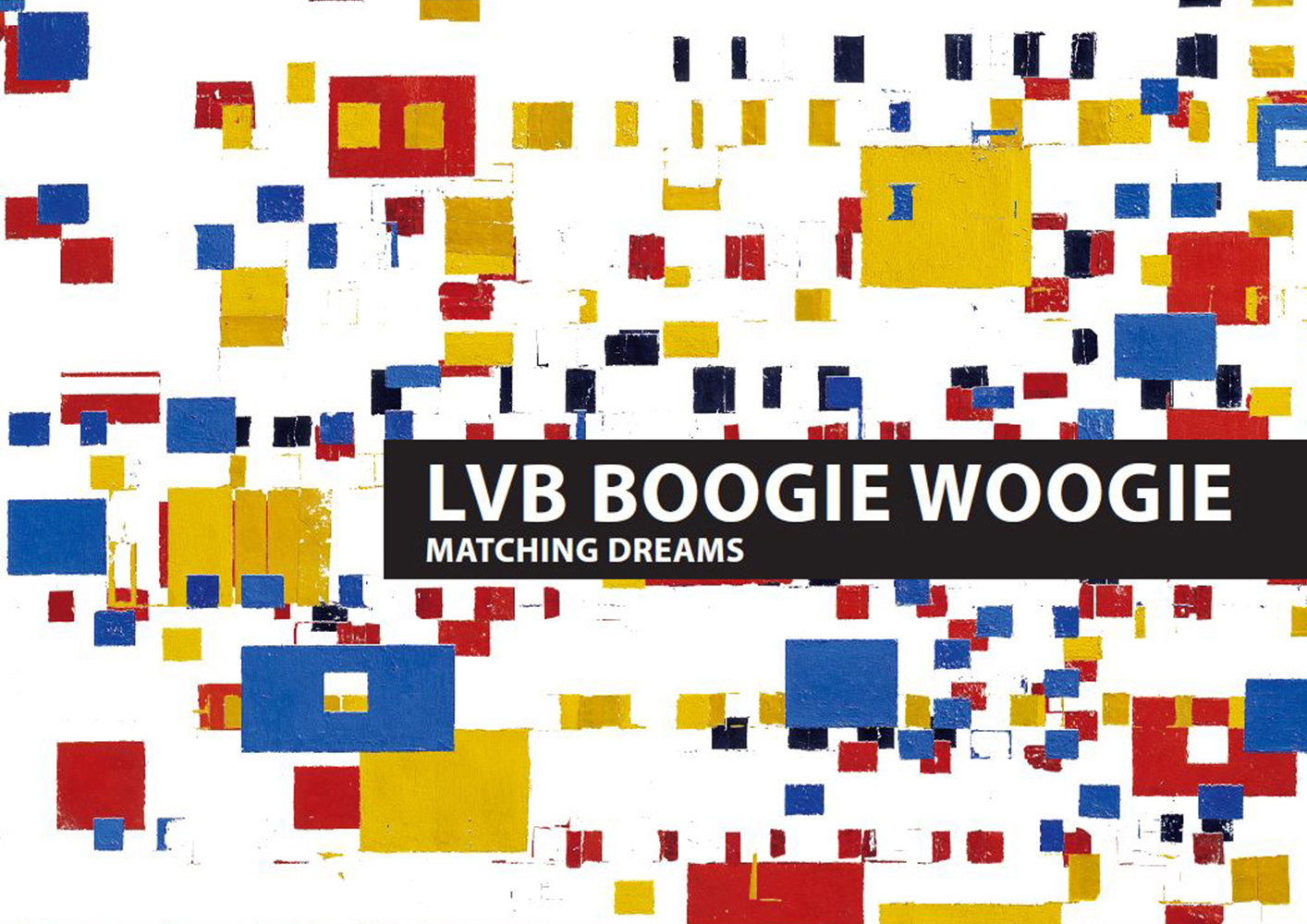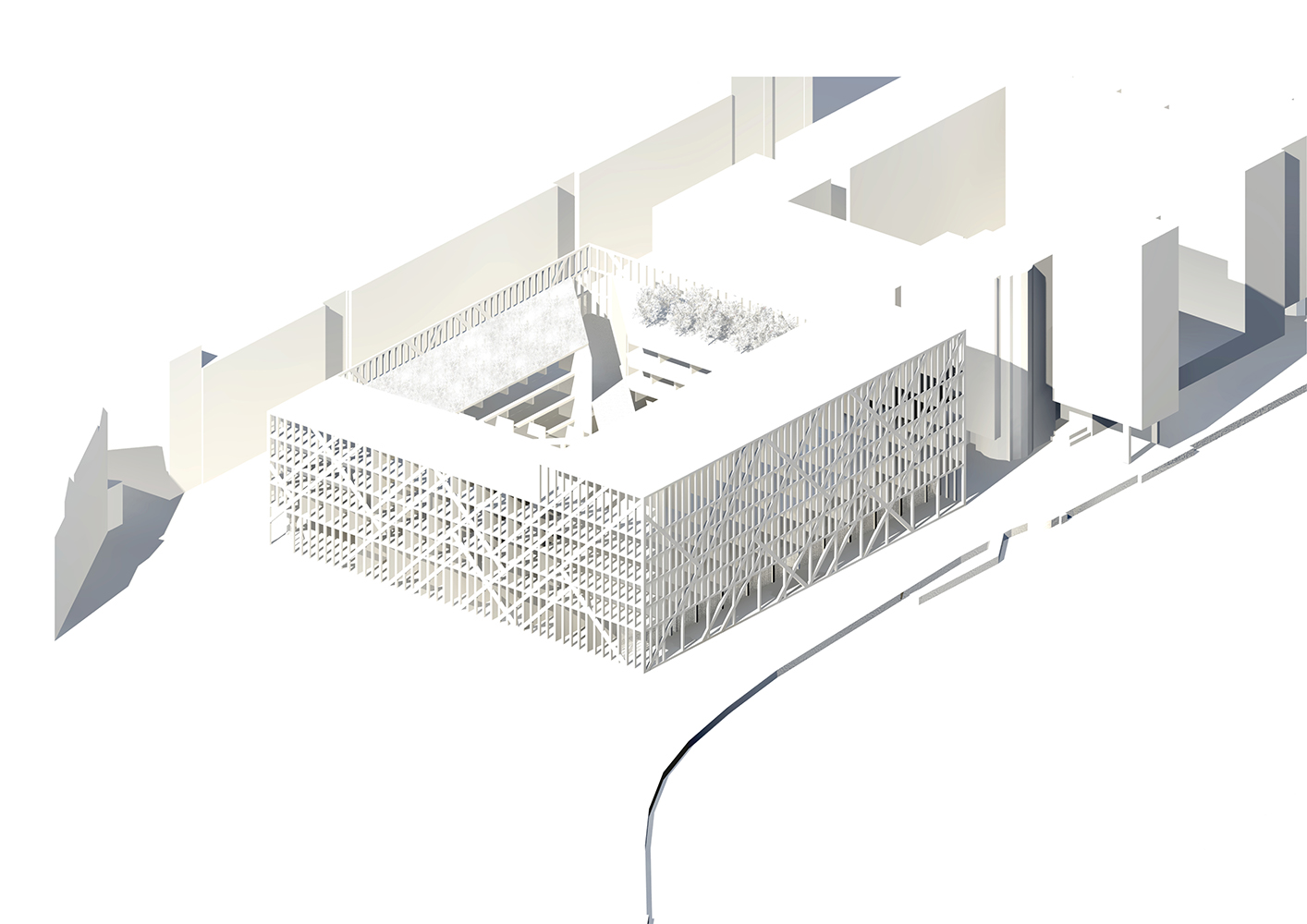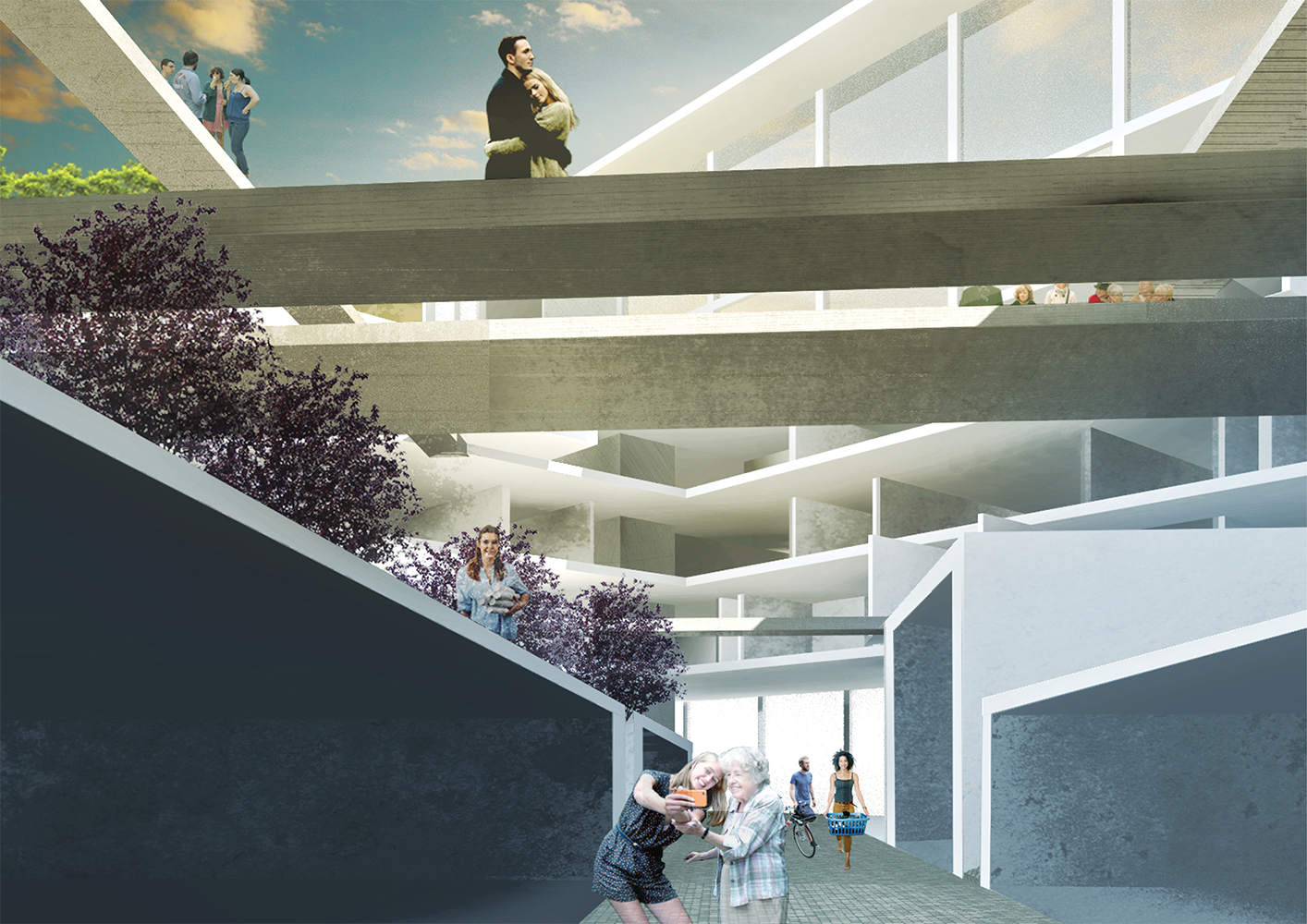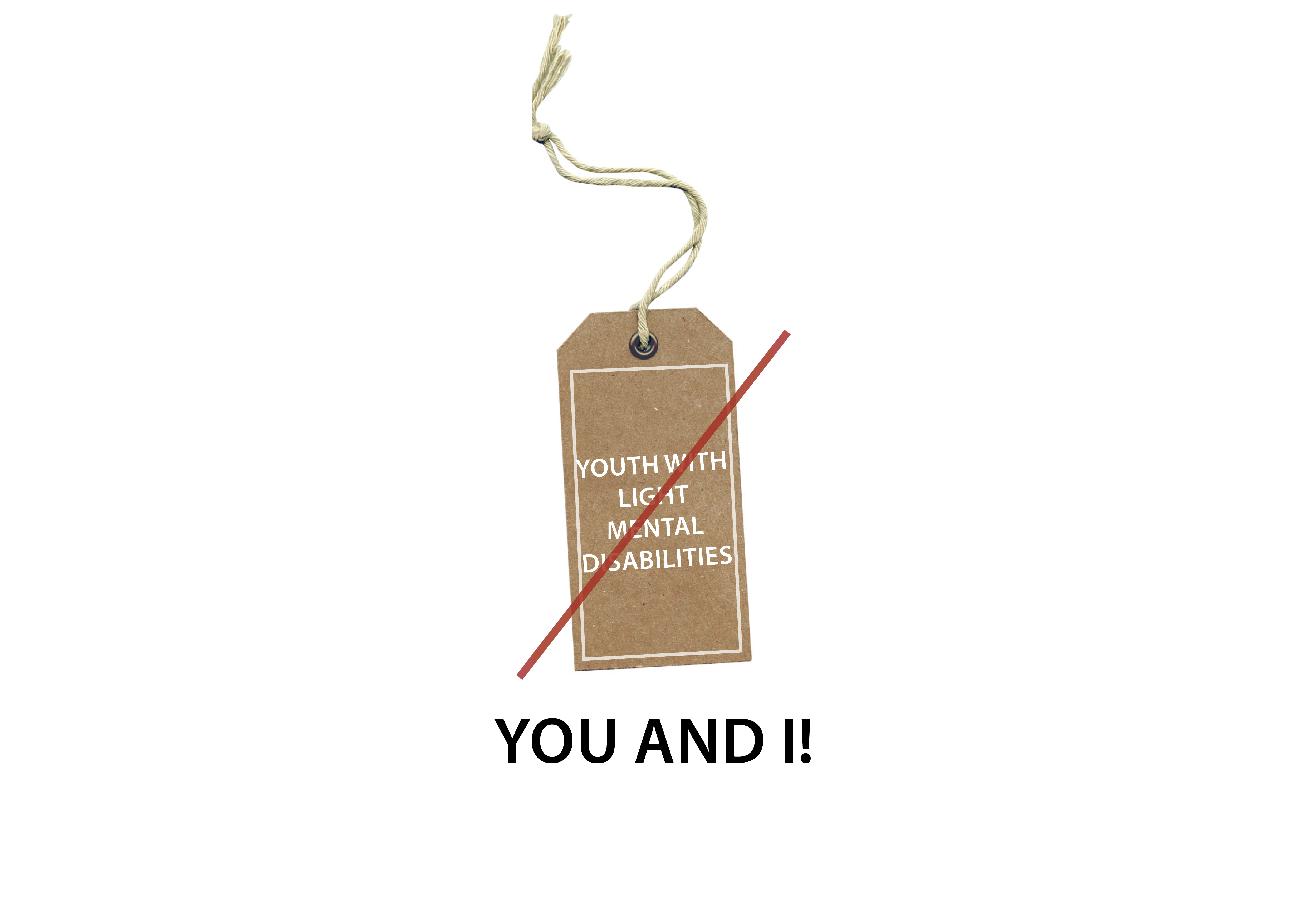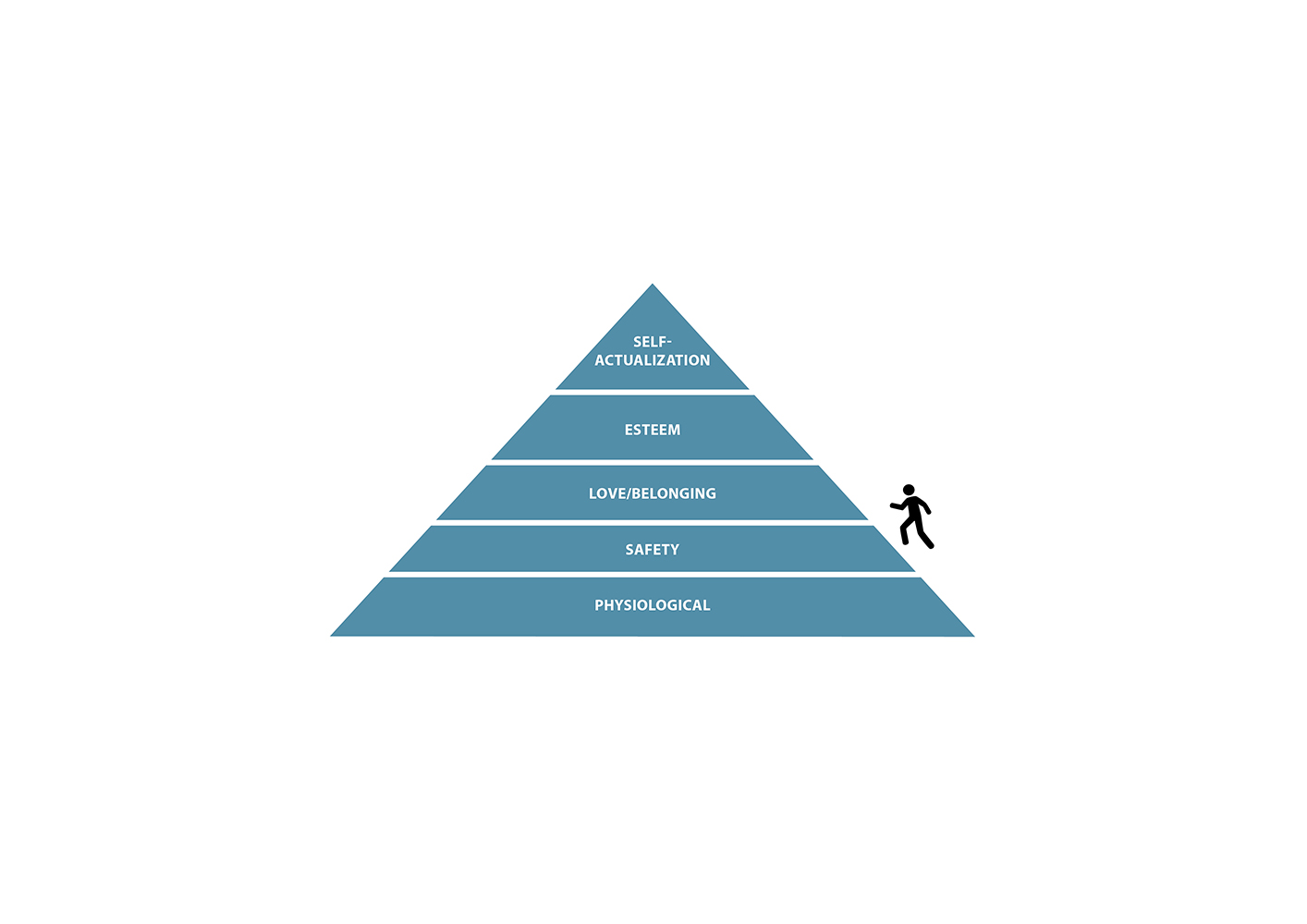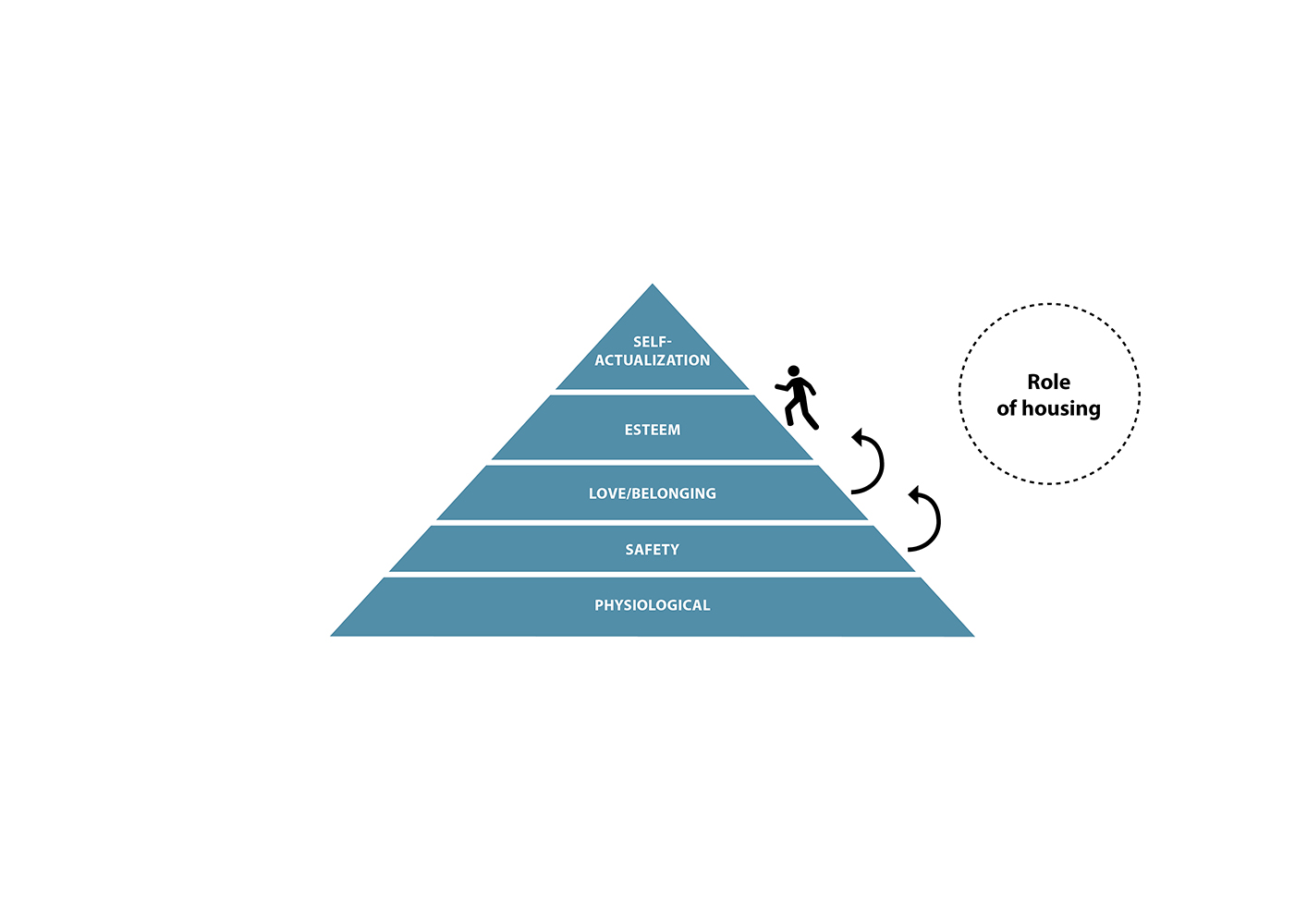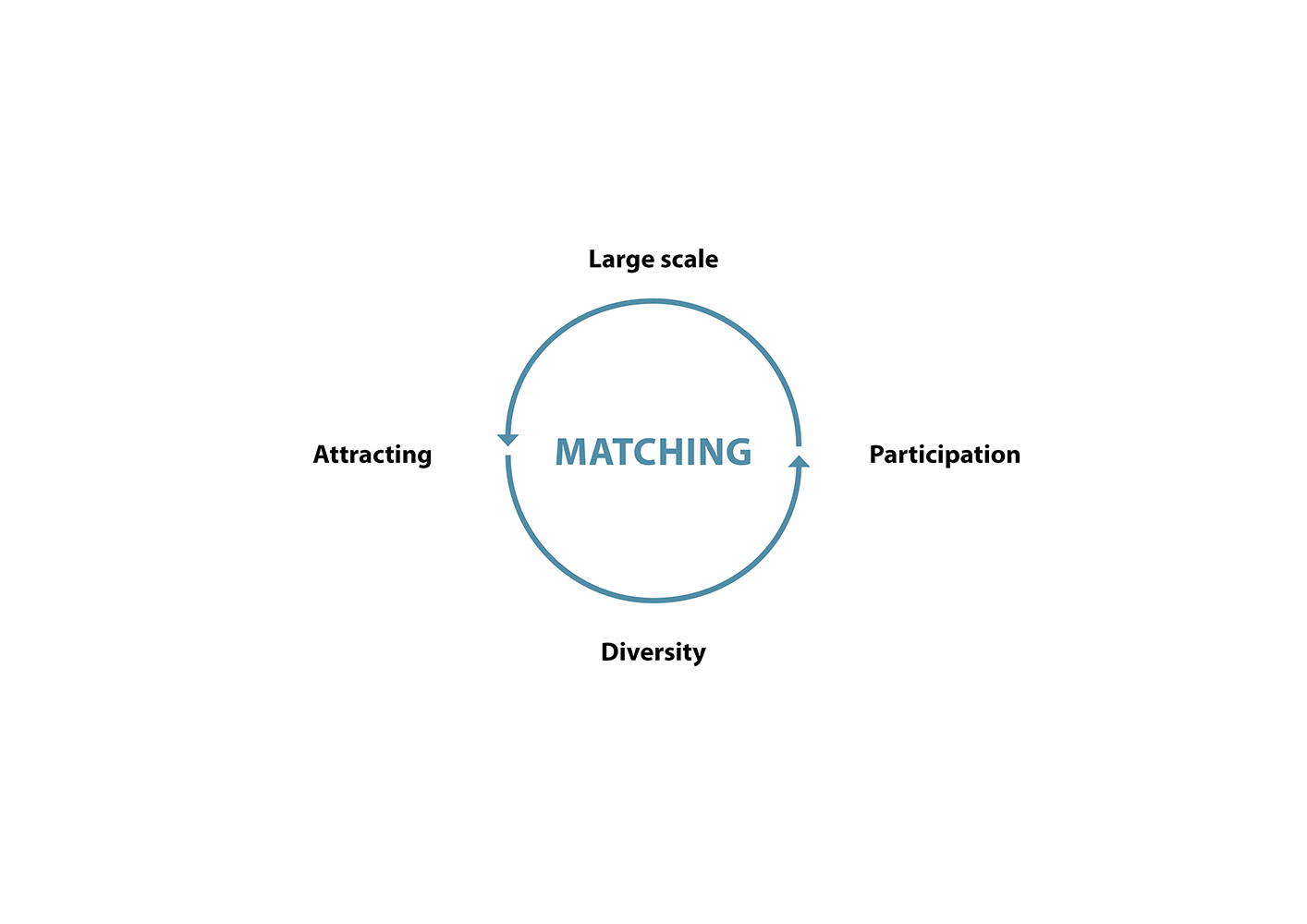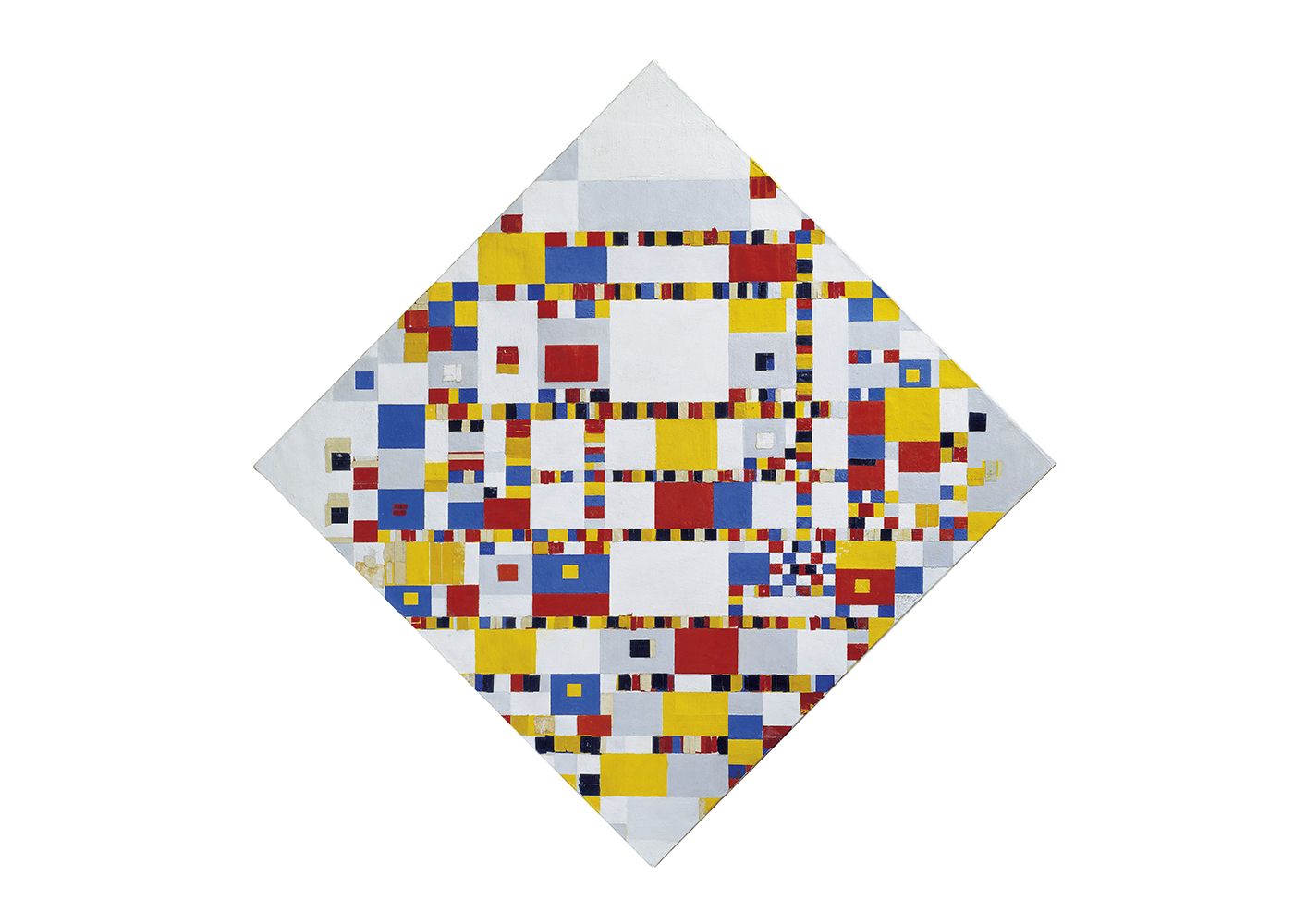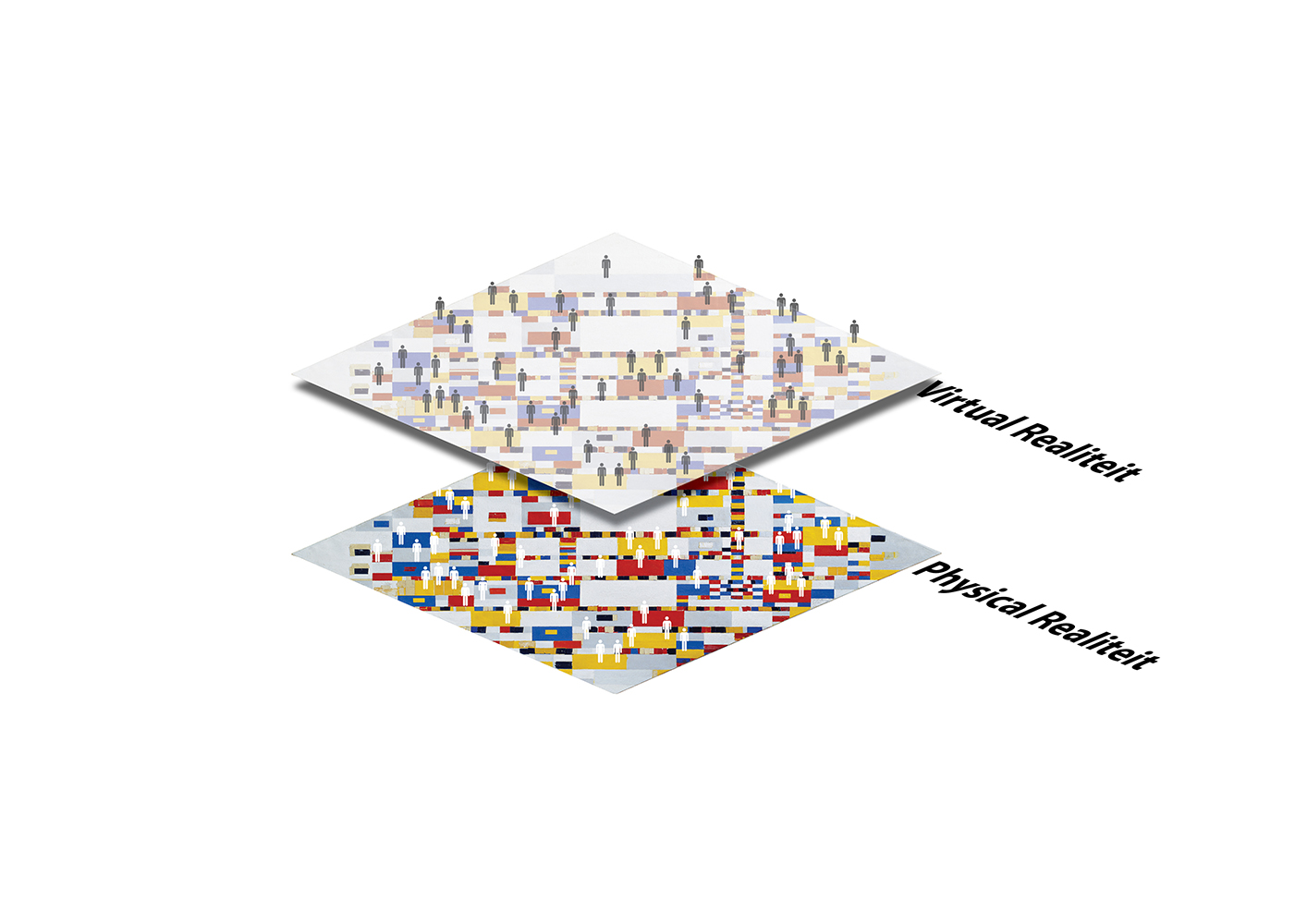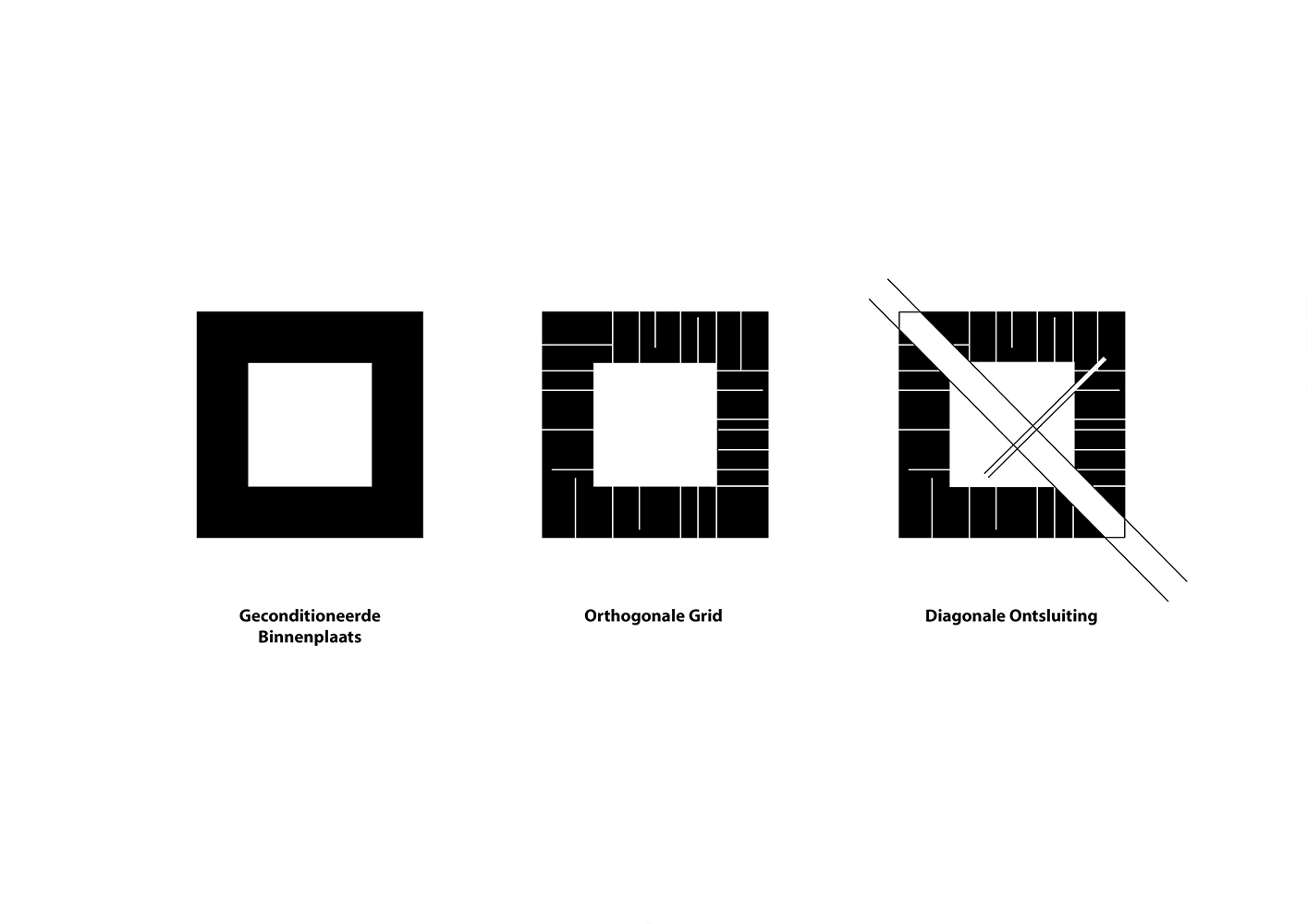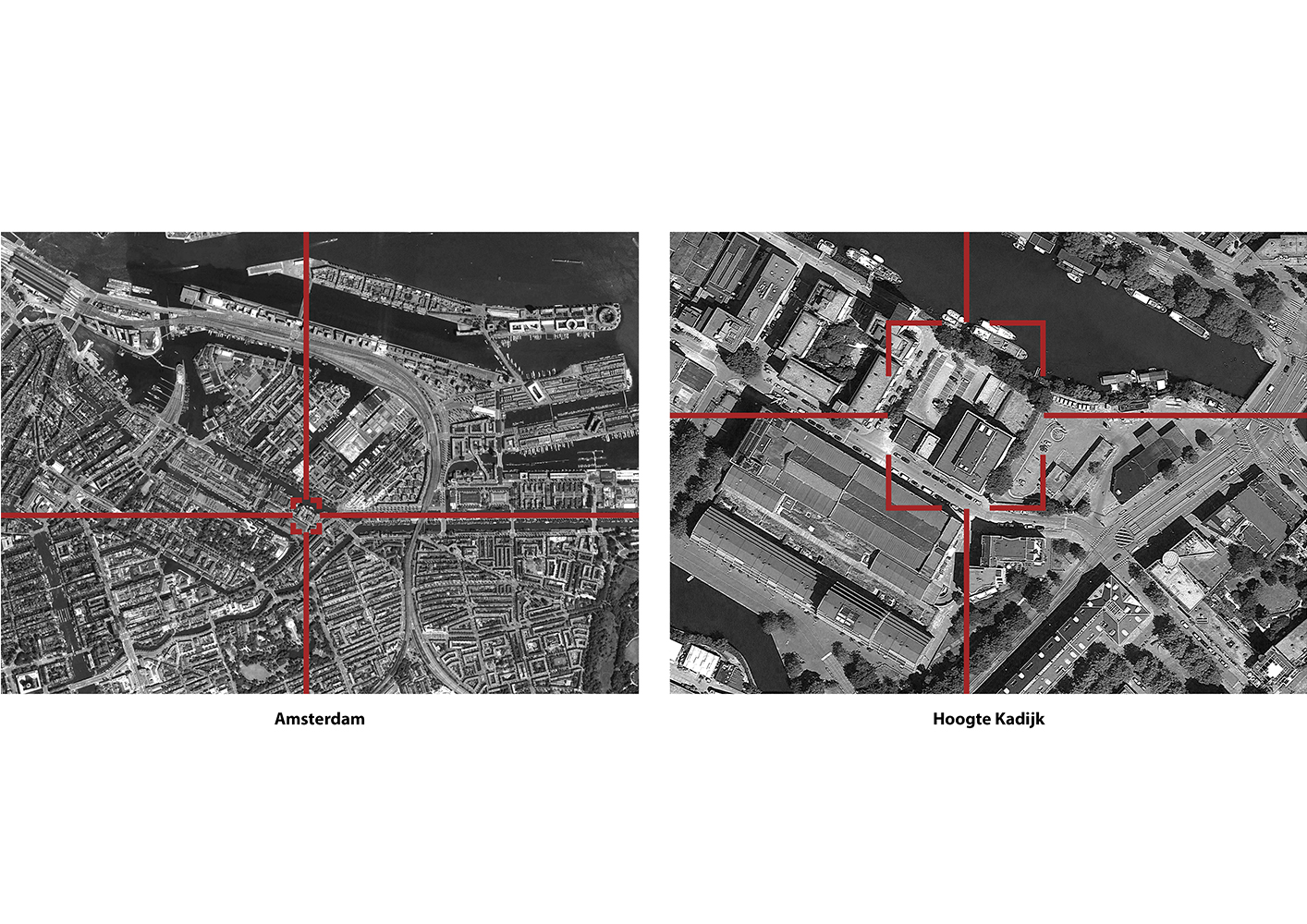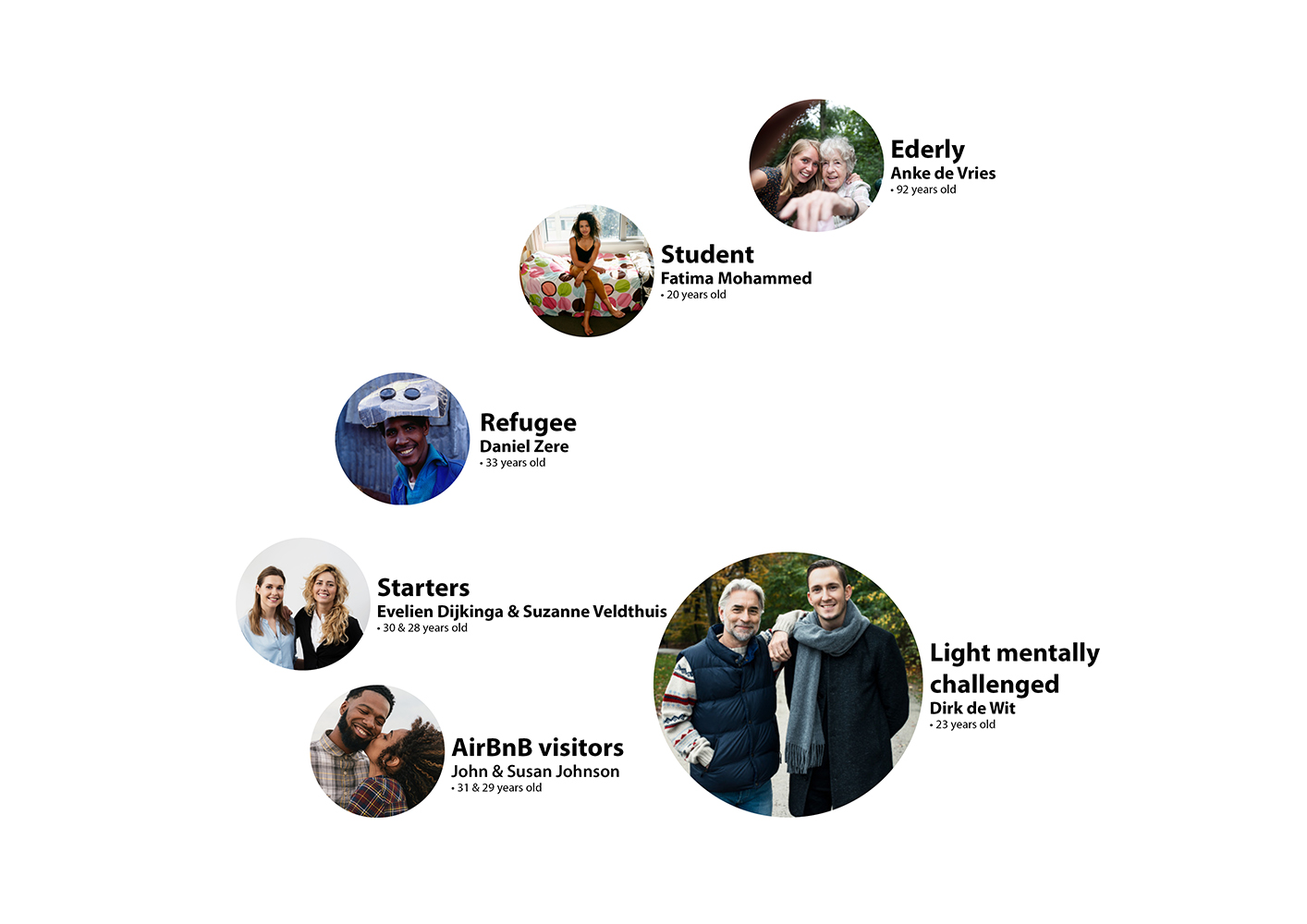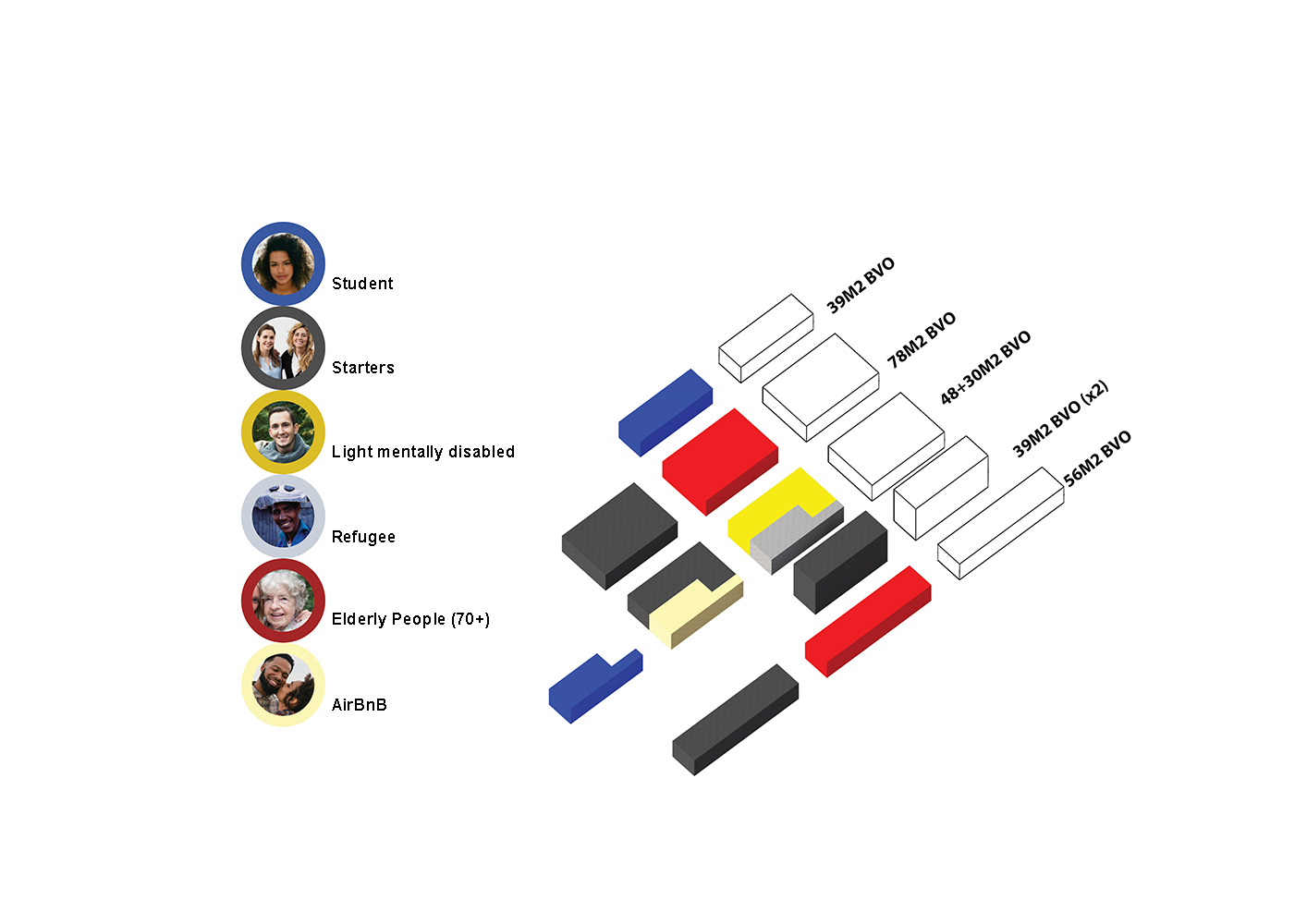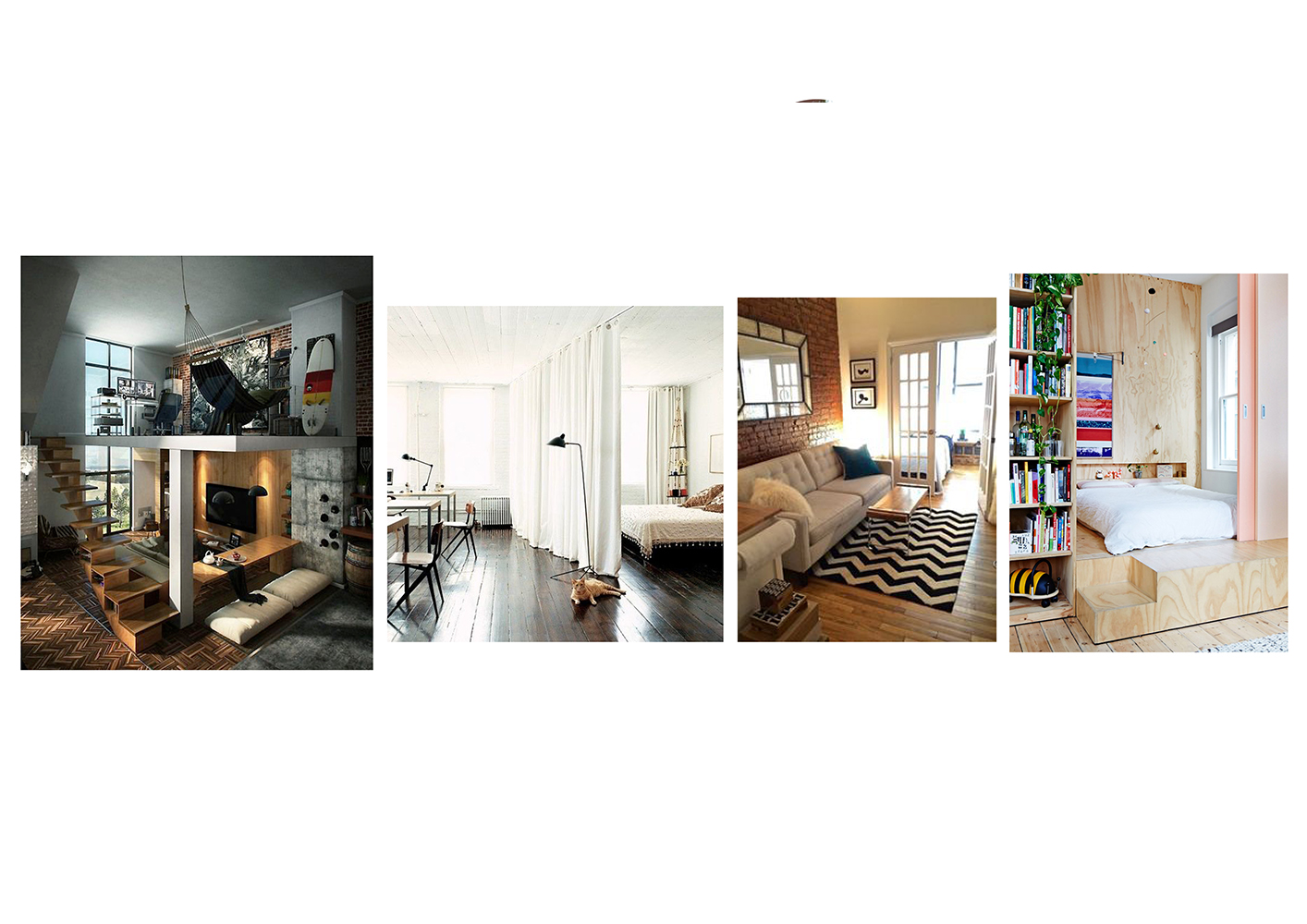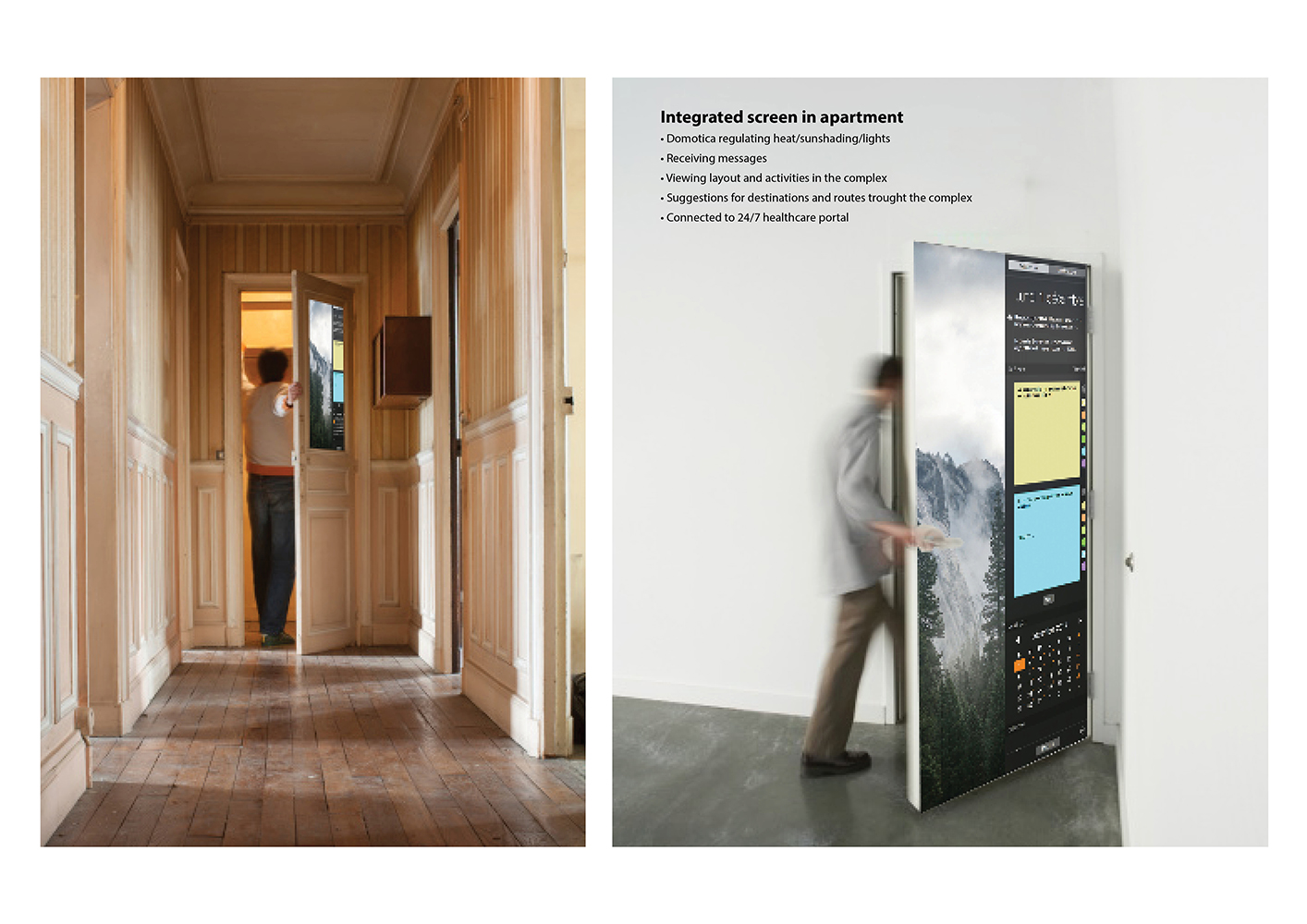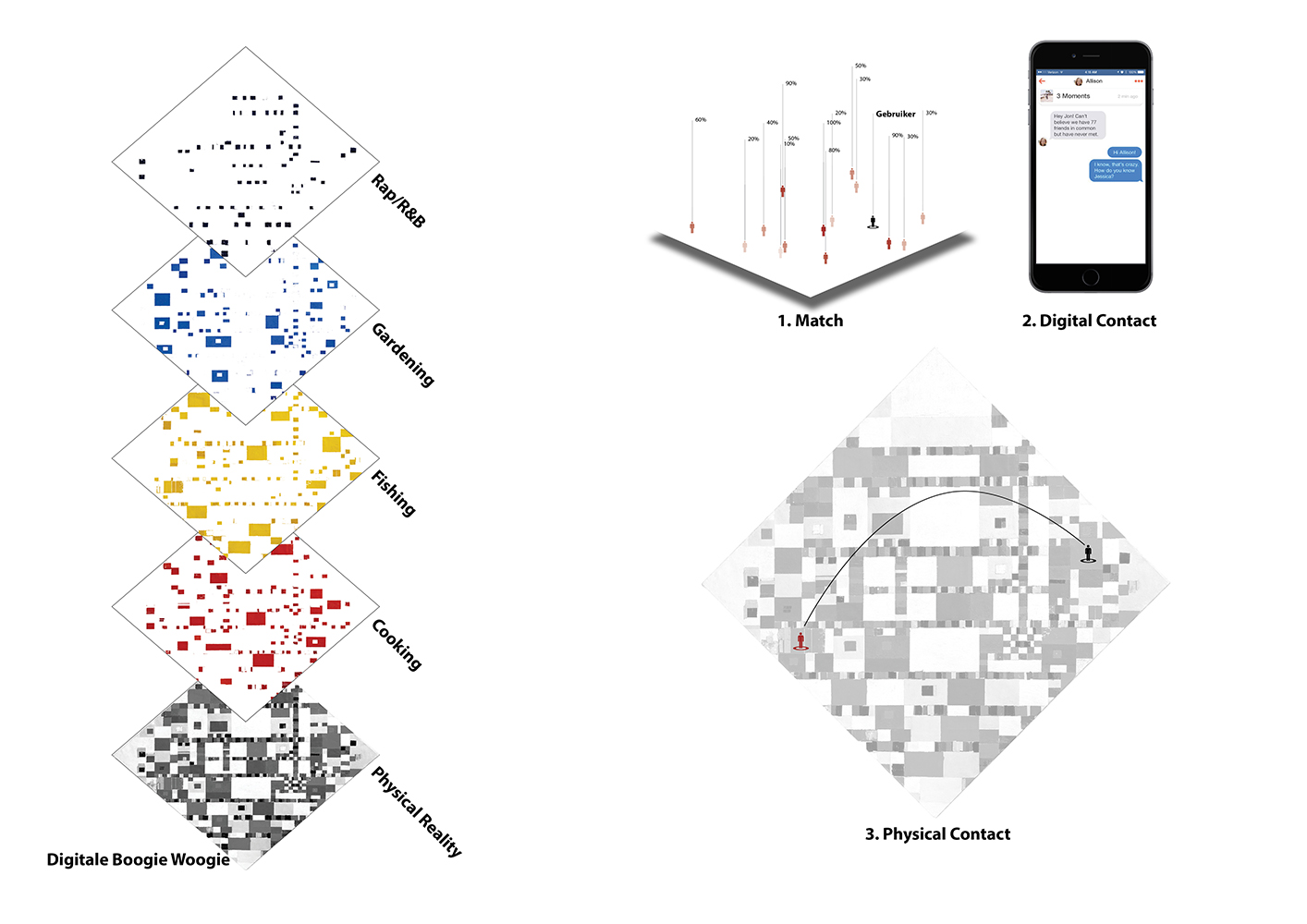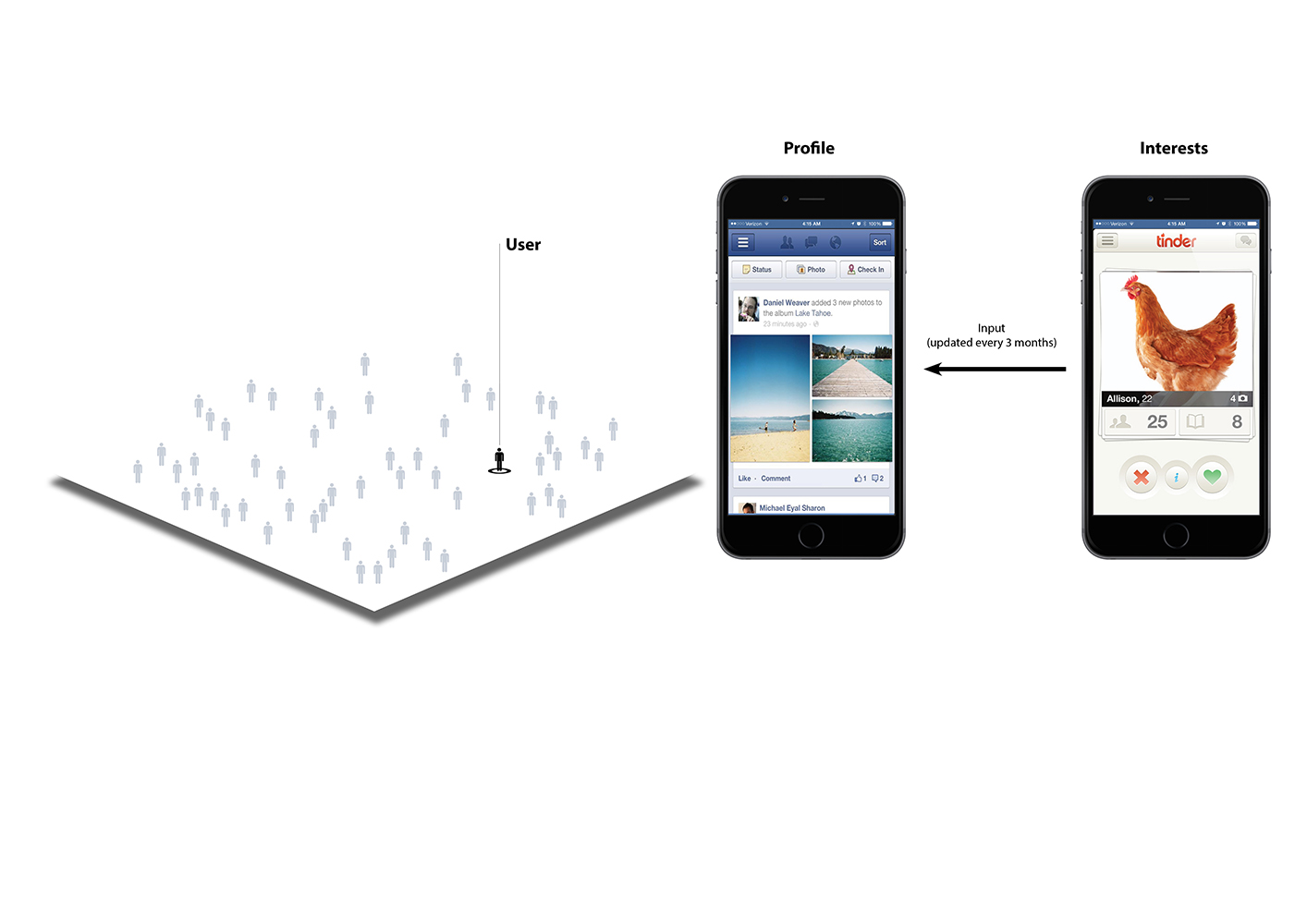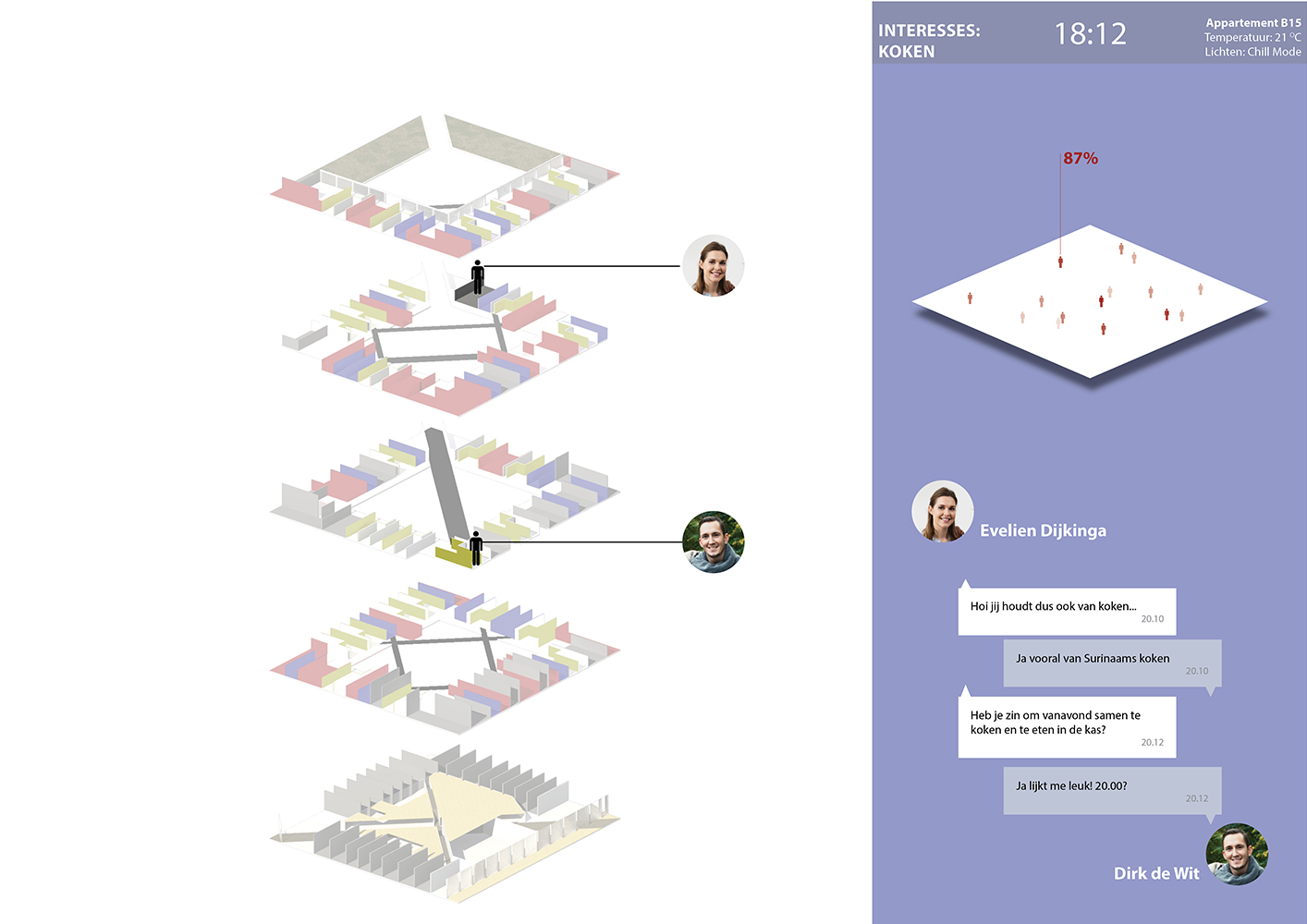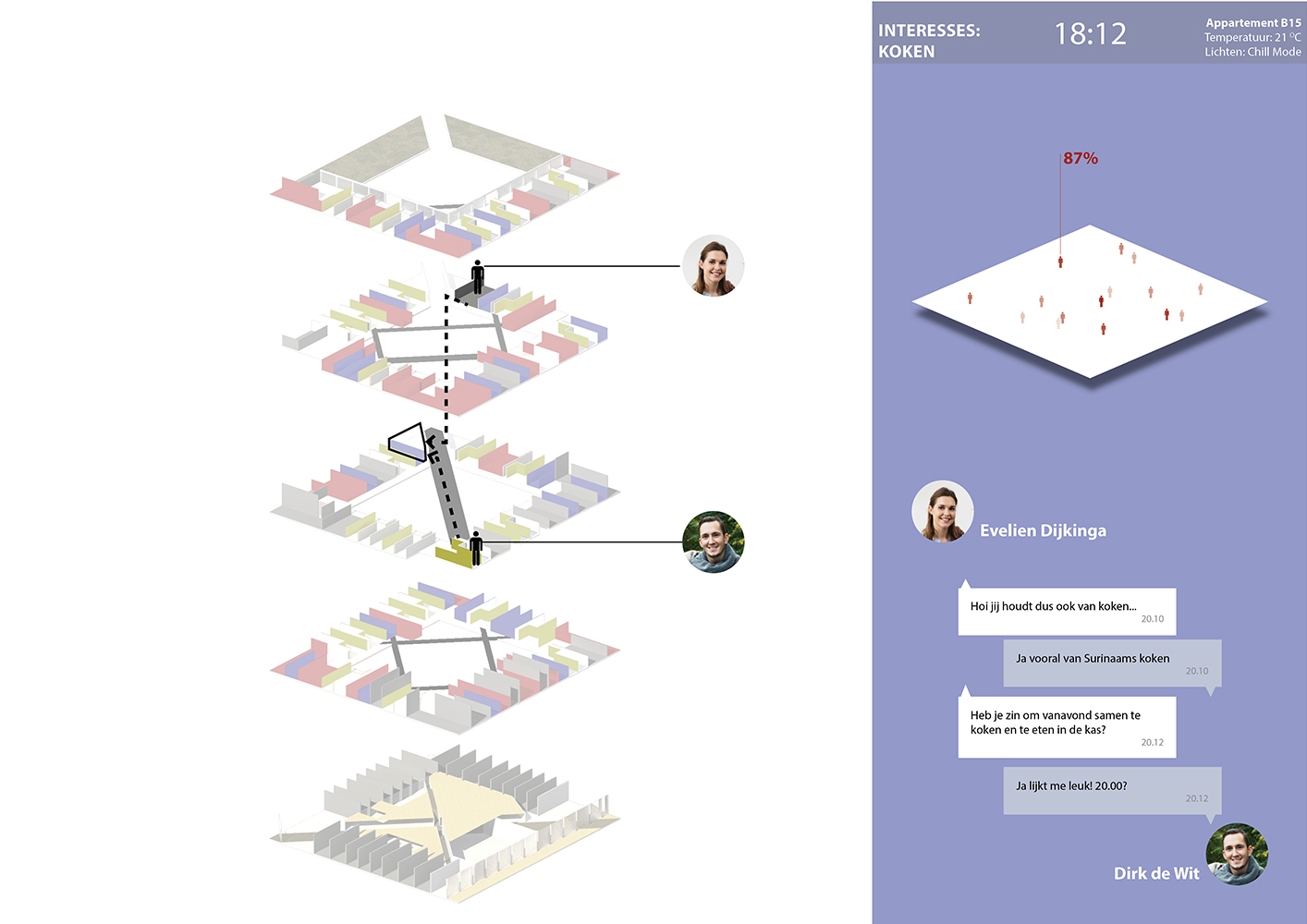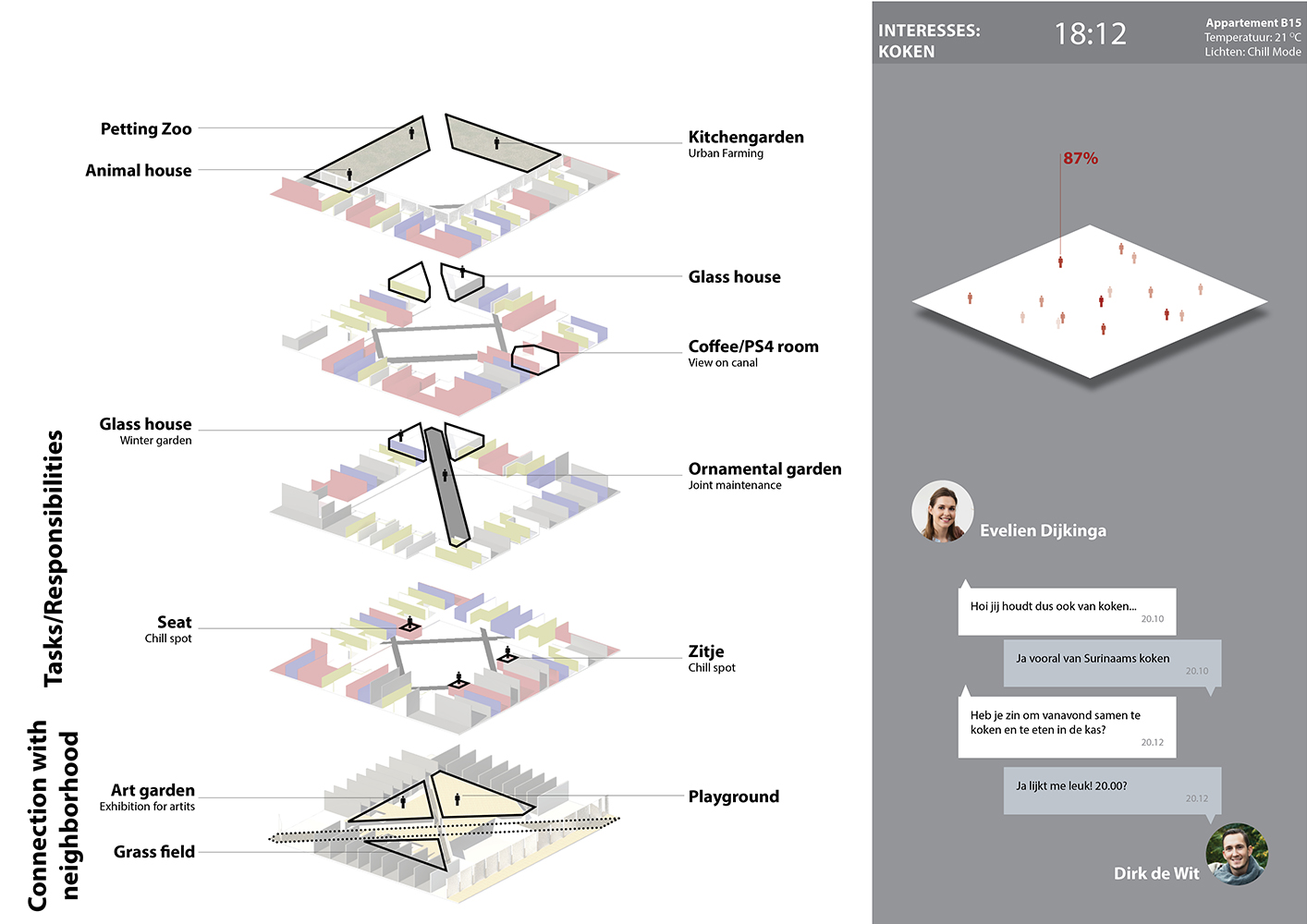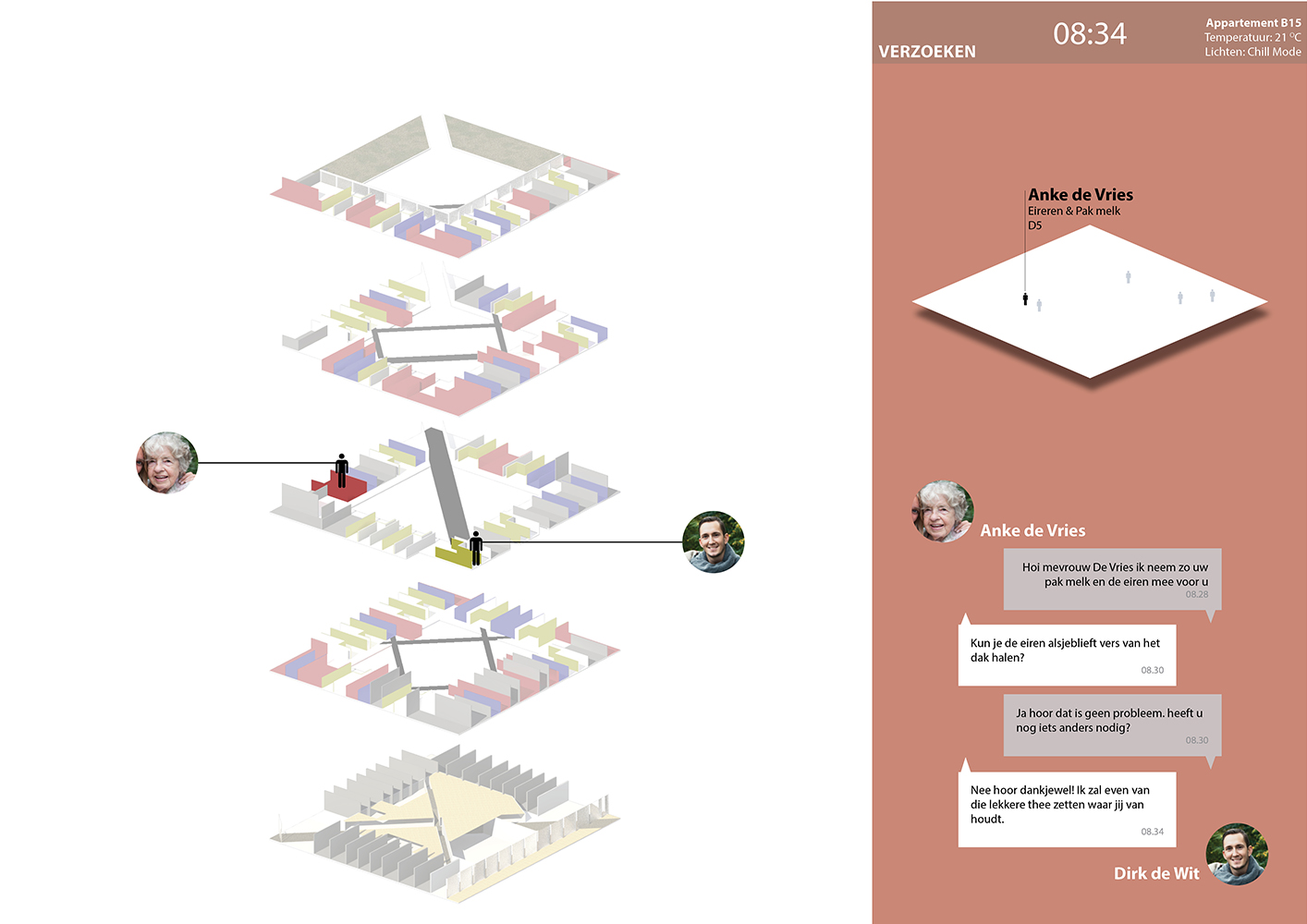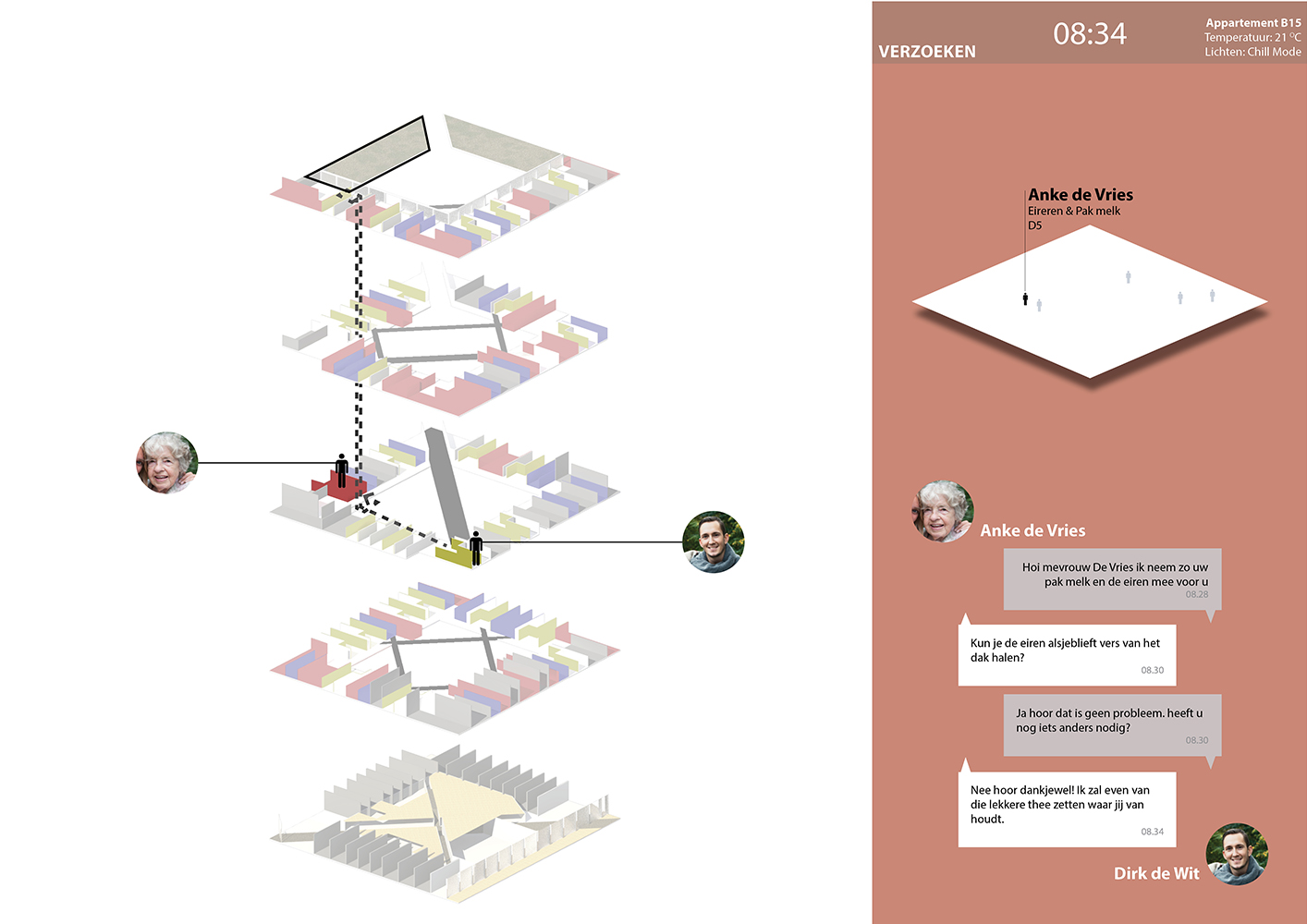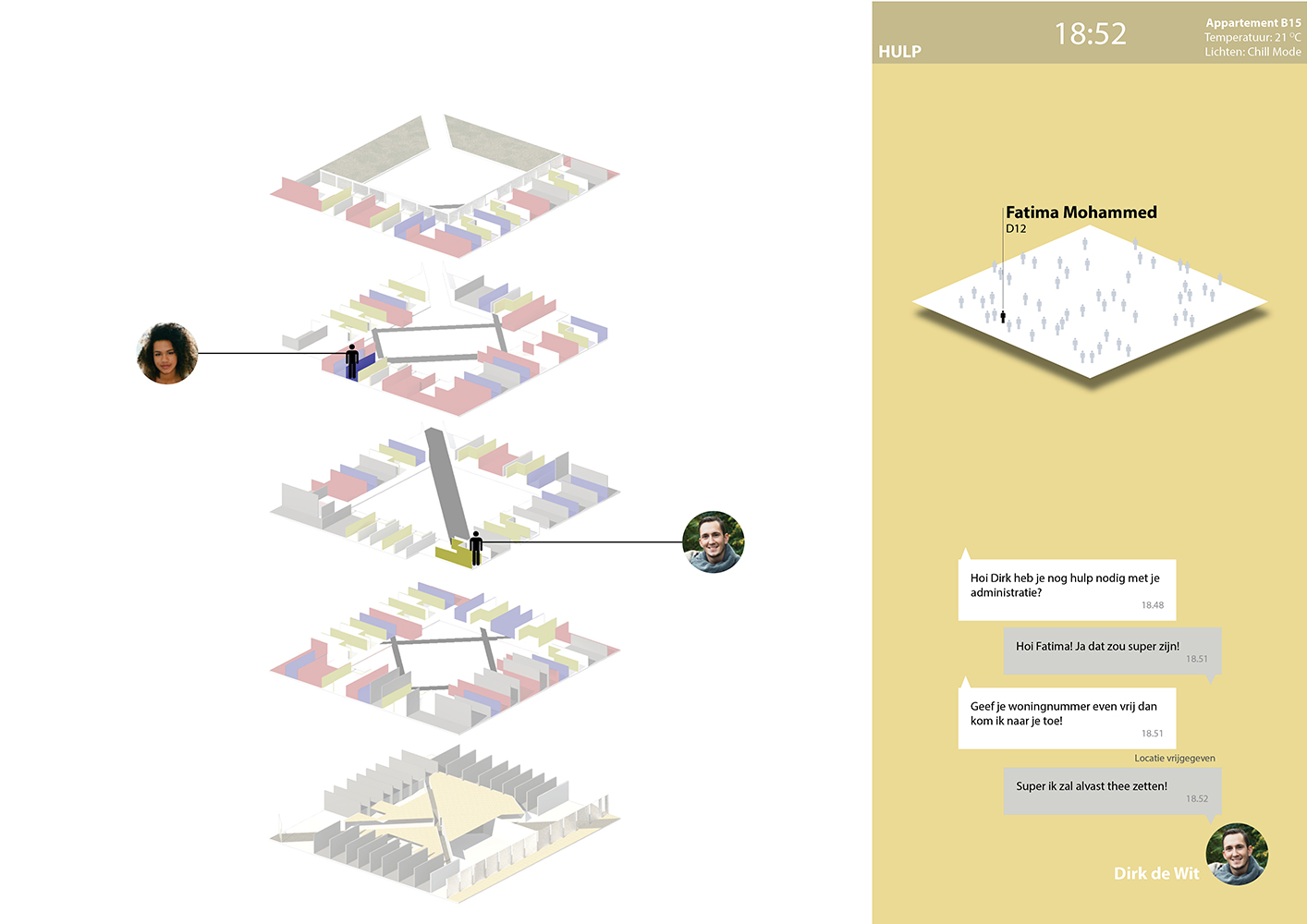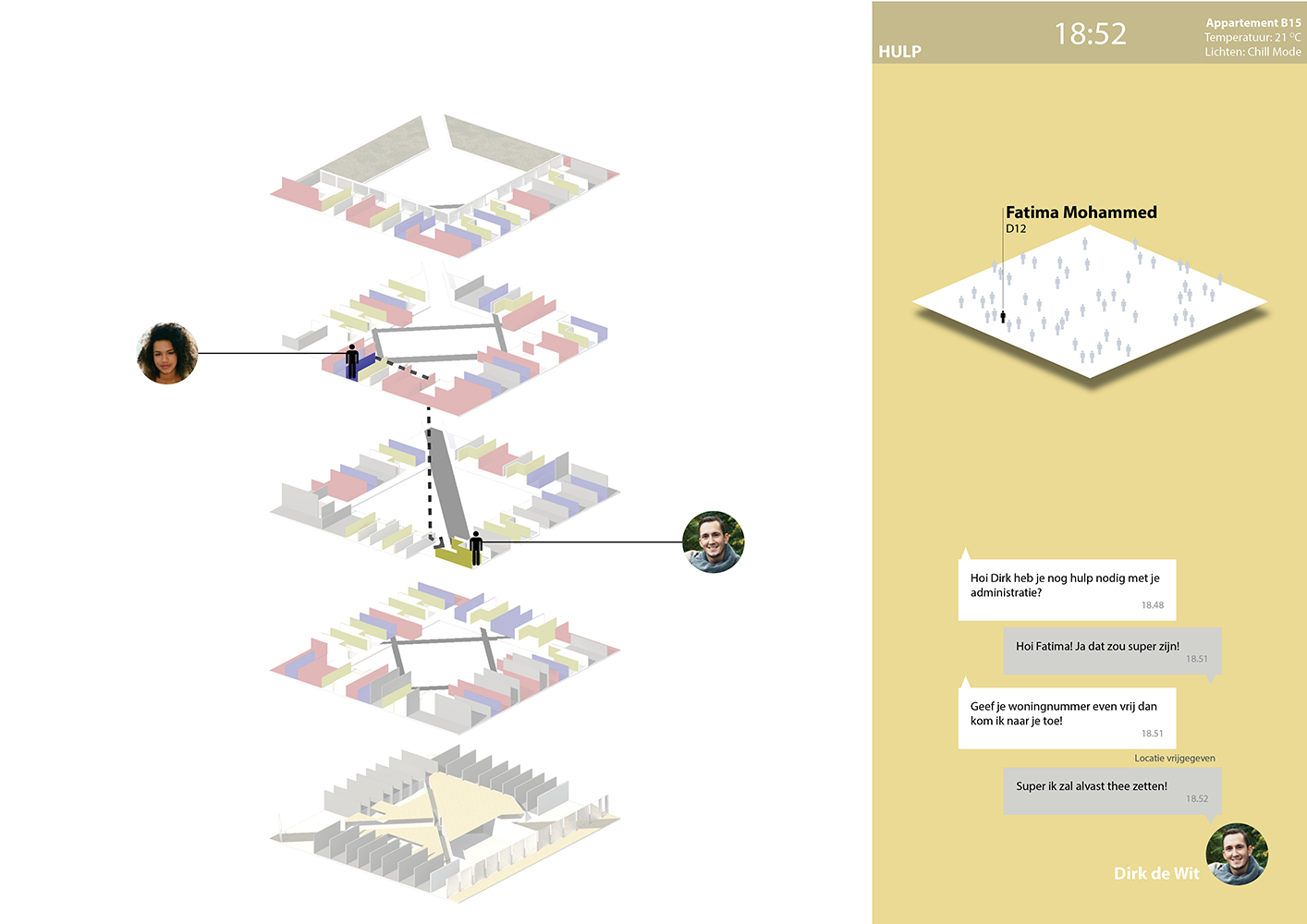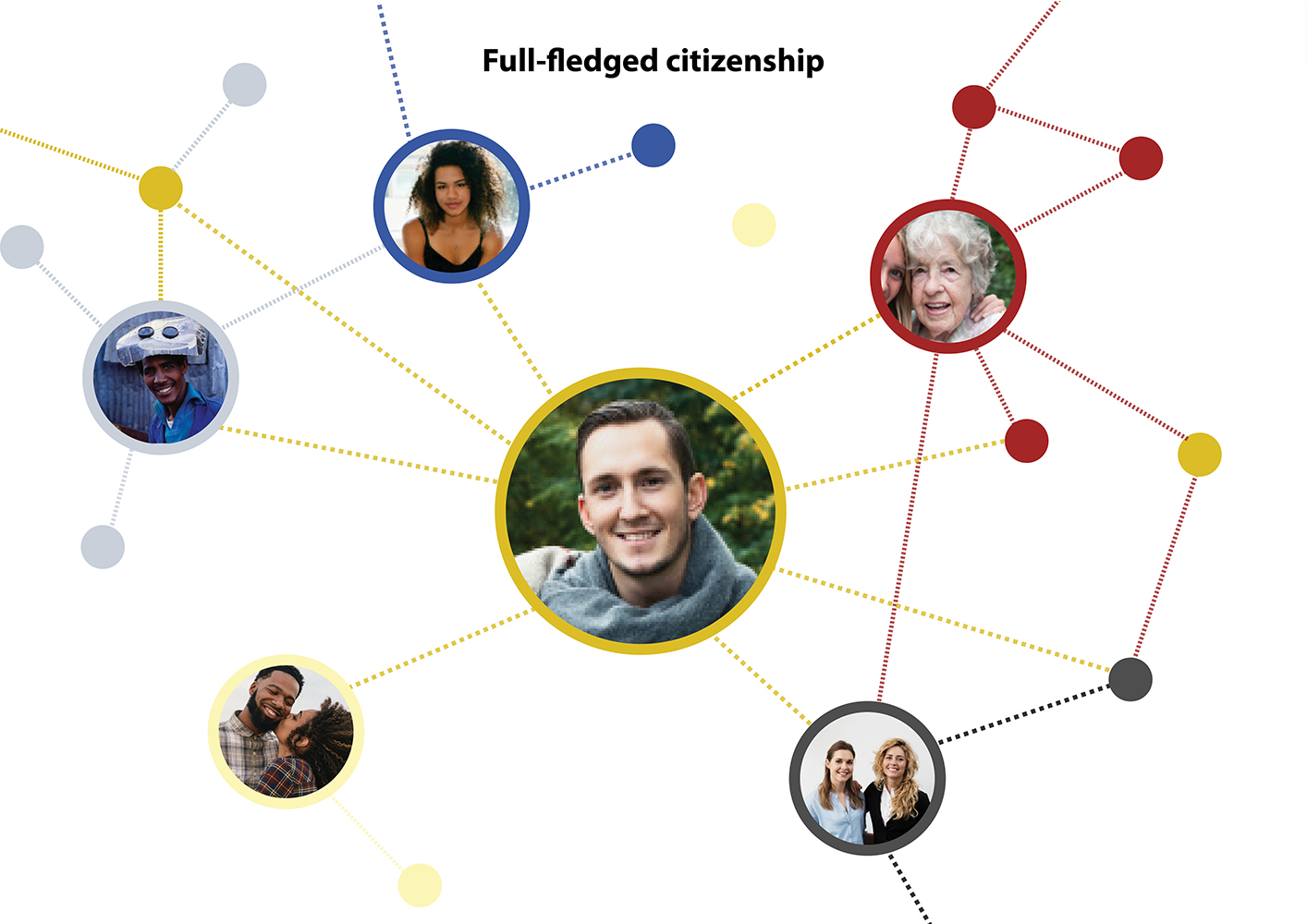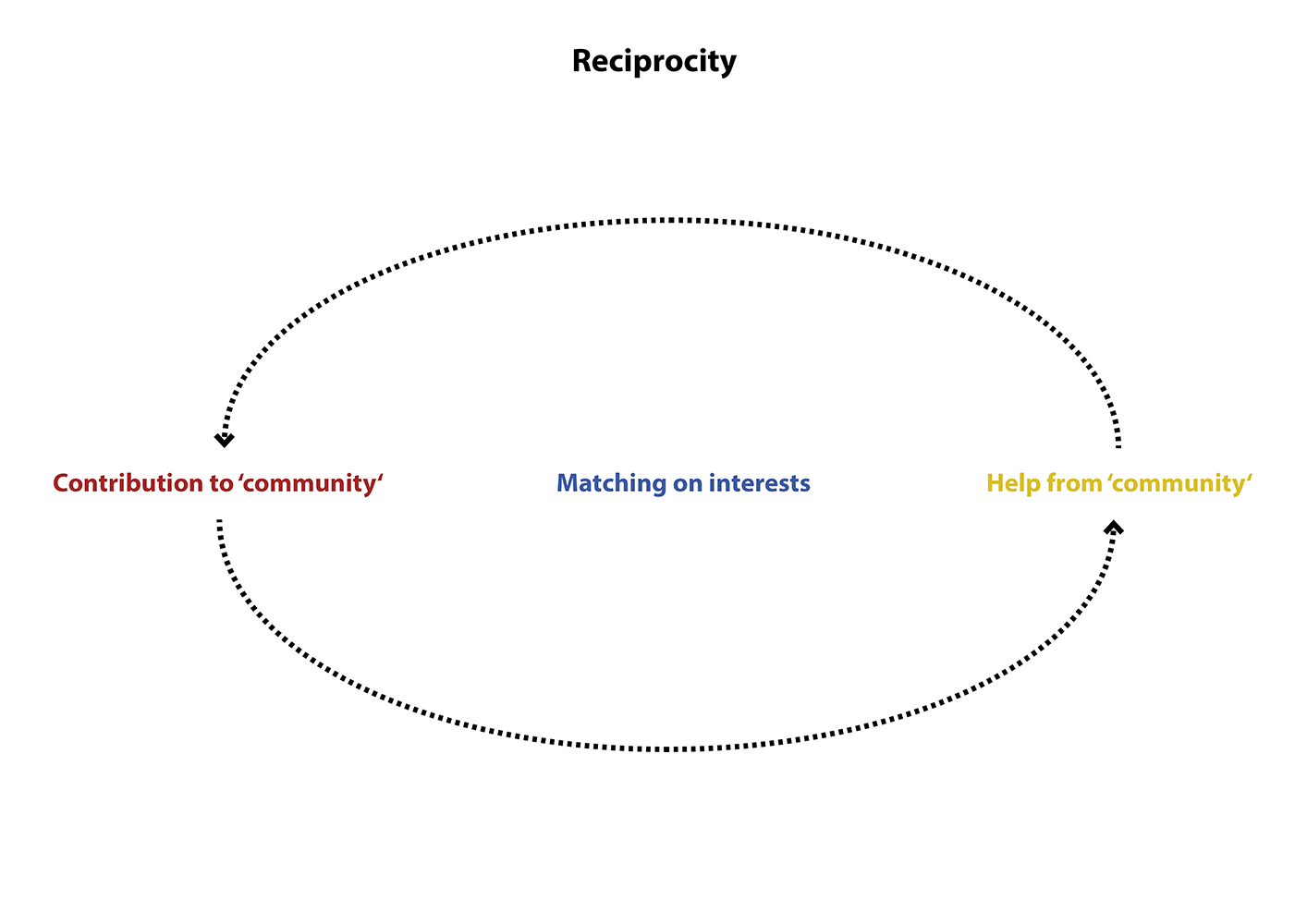2016
Victory Boogie Woogie
Matching Dreams
Amsterdam - The Netherlands
52°22'1.05"N
4°55'22.43"E
The project Victory Boogie Woogie is a result of our criticism on the term “licht verstandelijk beperkt” (LVB). This term, loosely translated, means “slightly mentally challenged”, which is a term used to identify a person on the basis of his/her disability. The project came into life a a part of a workshop called "De Olifantenkooi - Wonen in een kelderbox?" organized by Architectuur Lokaal. It started with the change in the Dutch governmental regulations effective since 2016. This change caused for youth with light mental disabilities to live on the streets or back at their parents' if they reach a certain age. With an IQ less then 80 these people are challenged to find a job and secure their own safety. What can be done to give these people a place in a dense city as Amsterdam?
The goal of this project was to emphasize and use the potential of these young people. We think that, a large-scale flexible complex can offer opportunities for a layered development of these young, mentally challenged people and other vulnerable groups. In the proposed residential complex, young people will be matched with their fellow residents on the basis of their interests and dreams. These matches then lead to digital and/or physical interactions in which the talents of the youngsters can be used in daily life.
By bringing these young people together with other groups, a broader and more diverse contact can be made possible. This interaction with others is meant to stimulate personal development. Step by step - starting from their safe home, through the match, the neighbor, the community and finally the entire city - every young person can continue to color his/her social life.
Vision
Light mental disability is the label that identifies people with an IQ lower than 80 and a limited social capacity. In conversations with young people from this group, we saw that there is a lot of shame in being identified with this term. It soon became clear that the tendency for parochialism, the desire to frame a group of people, does not work constructively for their development and causes for exclusion. It is essential to remember that all these people are like you and me, with the same needs, dreams and desires. The only difference is that some have more difficulty to evolve in life, because making social contact is not self-evident for all.In our vision housing can play a supporting role in improving social contact. This group of vulnerable youngsters can be helped in their personal development by giving them a social boost. In order to achieve this, matching them on the basis of their dreams is central. We suggest a combination of a large scale residential complex with a wide diversity of users instead of the current small scale institutional isolation in healthcare.
The goal is to create a diverse and flexible community, which includes other (vulnerable) groups in society. The emphasis in this project is more on activating these young people rather than on the care they need. The purpose of linking the various residents is to stimulate social participation and mutual assistance. For young people, this means that they are more involved with society. Eventually everybody needs something from someone else.


Victorie Boogie Woogie
An accurate metaphor for this project is Victory Boogie Woogie (1944) by Piet Mondrian. This painting contains tools to translate our vision to the physical reality. With its composition of colors, shapes and different scales, the painting is an effective representation of the rich diversity the project is aiming at. The artwork can be interpreted from both a spatial and social perspective. For the project we can translate this into a Physical Boogie Woogie, which is a total of a mix of different people, spaces, shapes and colors and into a Virtual Boogie Woogie, a dynamically colored social life of an individual with different dreams and talents. In reality the actual integrations of the living environment, but in the present time are indispensable.
However both realities are mentioned separately here, they are inextricably linked and emphasize the integral approach of the living environment in the contemporary digital age.


Physical Boogie Woogie
The concept has been translated into a housing complex on the HoogteKadijk on the east side of the city center of Amsterdam. The shape of the building, with its openings and heights, originates mainly from the context. The plinth of the building on the canal side consists of public functions, such as a gym, art galleries, a restaurant and healthcare centers.
The building is spatially inspired by the painting 'Victory Boogie Woogie'. A classic courtyard typology is superimposed by an orthogonal grid, which makes is possible to create housing typologies with a virety of dimensions. Inspired by Mondriaan's painting and the accessibility of the plot, the access structure has been designed in a way that the courtyard is being crossed diagonally on different levels of the building. This turns the often scarcely used courtyard into an intensively used space in three dimensions. The building consists of a skeleton, based on a basic grid, that allows a flexible interior on every floor. This allows the future owner of the building to change the ratio between the different user functions and the housing typologies based on the current demand in the (healthcare) market.
Besides the physical building, the composition of the residents is also inspired by the variety of shapes and colors in the painting 'Victory Boogie Woogie'. By creating a mix of lightly mentally disabled youngsters with people who buy their first homes, elderly people, students, refugees and Airbnb users, interesting matches can arise. This composition is mainly a result of the demand from the housing market, the healthcare market and the desired diversity in the matching system of the housing complex. The homes for these target groups consist of units ranging from 30 m2 to 78 m2. These small units form a flexible mix of typologies that can be merged and divided.


Virtual Boogie Woogie
Within the concept of this project, the Virtual Boogie Woogie is indispensable. This digital environment enables everyone to communicate as equals. This local application is integrated in the homes of the users as a home automation system. It is known that young people with light mental disabilities have peak and off-peak moments in their social mode. Therefore a clearly present screen is integrated in the door of the apartment as an interface for the digital system. In addition to the physical components of the living environment such as the thermostat and the sun shading, this screen makes it possible to regulate one's social life.
In this case from the perspective of the young person with a light mental disability, the door does not only gives access to a "wild" outside world, but it also gives access to the secure digital environment in which the user can determine to what extent he/she wants to be socially active.
The System
To be able to participate in the virtual society of the building, every resident creates a profile. This profile is filled with topics that the user does or does not care about. By swiping to the left or to the right, you can indicate in an intuitive way what you like. To make effective matching possible, these preferences are refreshed every month. The matching process itself takes place in three steps.
The first step is the matching itself. On the basis of the specified preferences, percentages are shown to other users in the extent to which the person is a match in a certain category. It is important here that the persons with whom one is matched stays initially anonymous. The dreams are the guiding elements in the process of linking residents with one another. It is also important that the virtual environment must be free of references to the physical world: it is not yet important to know where your match is.
The second step is to establish a connection via digital contact. Two individuals in virtual reality can choose to contact each other to talk about a particular topic. In the safe digital environment, this is a social step that a young person with a light mental disability can take relatively easily.
If the match is successful, he or she can choose to continue to the next step: the physical contact. The conversation can now be held in person in a physical space inside the building like in one of the shared spaces. The digital contact must be regarded as a mild transisition towards a physical contact.
The strength of the Virtual Boogie Woogie is mainly about stimulating the synergy and reciprocity between the residents. Besides matching dreams, the system offers the possibility to support and contribute to the community. Think of a young person who offers his/her help to an elderly person who needs to get groceries. For example, a student may respond to the call of a young person with a light mental disability, who has difficulty keeping his administration in order. Whether it is purely for having company or for a more practical need, the digital action will eventually intensify the use of the common areas inside the complex.
The building contains a large diversity of shared spaces, where the residents can meet one another to partake in a variety of activities. Examples of these spaces are a children's farm on the roof or an ornamental garden floating in the courtyard. These functions offer the opportunity for young people with light mental disabilities to make a professional contribution to the community, for example in the form of maintenance. This contribution to the community will result in appreciation of this young person who de facto has a feeling of uselessness because they can't find and hold on to a job in genral. By providing for the community they also receive a discount on their rental costs. The public functions in the plinth of the building can also have a social character (facilitating day-time activities), where these young people can be actively involved.


The Result
The Victory Boogie Woogie is intended to stimulate young people with a light mental disability and to activate their potential in the building. The professional contribution to the shared spaces, the Airbnb homes, the public functions in the plinth, but also primarily to the residential community, is of great importance for their development and self-image. They are also the young people who are needed to keep the whole system running. The label LVB in this system is only important for the healthcare professionals: the healthcare institutions. The digital part of the system gives, without losing sight of privacy, the possibility to monitor the social activities of a young person with a light mental disability. A healthcare supervisor who guides a certain number of young people in the housing complex can perform a data analysis of the social activities of these young people, in order to be able to steer more effectively if necessary.
A new concept such as the Boogie Woogie requires a new approach; this applies to both healthcare organizations and housing developers. With alliances between different healthcare providers, the healthcare in the residential complex can be coordinated effectively. By actively using the qualities of all residents of the building, one can stimulate the dynamics of a community. This will reduce the demand for healthcare in the long run. Ideals such as loneliness, usefulness, integration, friendship and living qualities can ideally be solved together. Everyone has the potential to do what he/she dreams of. Sometimes it only takes a little a push in the back.
With the increased use of social media, the physical link between most city dwellers is limited to acquaintances, friends and colleagues. The Victory Boogie Woogie could be regarded as a housing system that actively participates in the social development/recovery of not only young people with a light mental disability but also the "normal" citizen.



